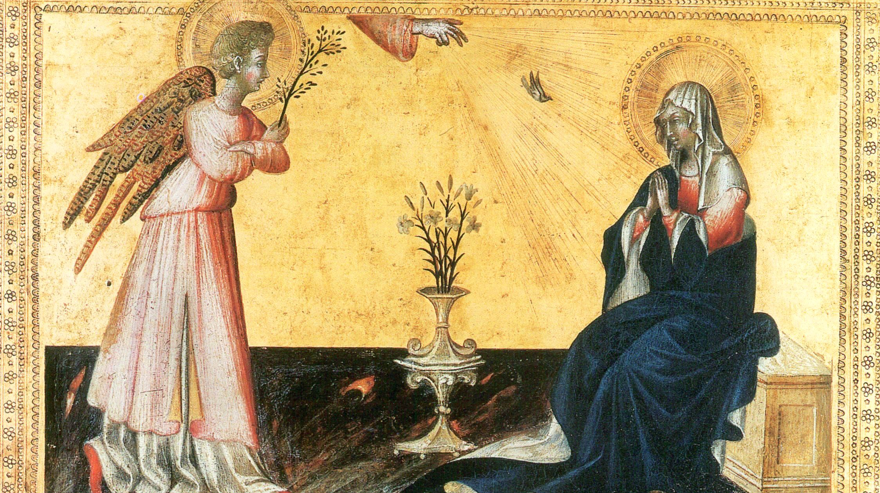Penance, confession and illness

For people in the Middle Ages, illness was often seen as a punishment for sinning. Confession and penance were important for those who became ill. Great hope was placed in saints and the power of their relics for healing. People would often seek out or pray to a particular saint in the hope of becoming well.
In addition to common viruses and infections, medieval townspeople were afflicted by a range of serious diseases such as tuberculosis and leprosy. Vitamin deficiency diseases were extremely common as fresh food was rarely consumed. And then The Black Death came in waves until the 18th century.
Healing plants
Monasteries held a wealth of knowledge about various remedies, drawing from ancient Greece, the Middle East and traditional folk medicine. The monesteries cultivated both foreign and Nordic herbs. A particularly cherished plant in monastery gardens was angelica, which was considered a sure remedy against the plague.
Bloodletting
In addition to using herbs for treating illnesses, from the late 13th century, physicians also performed some surgical procedures. Bloodletting was a common method to balance the body's various humors.
In Lödöse, a rune-inscribed stick with a chant "thin blood flows" has been found. Whether the inscription was meant to be magical is unknown. It could have been a timer for how long blood was let, for example, by reciting the chant ten times.
With today's modern medicine, it is almost unimaginable how vulnerable medieval people were. A common cold or a broken bone could lead to death.






